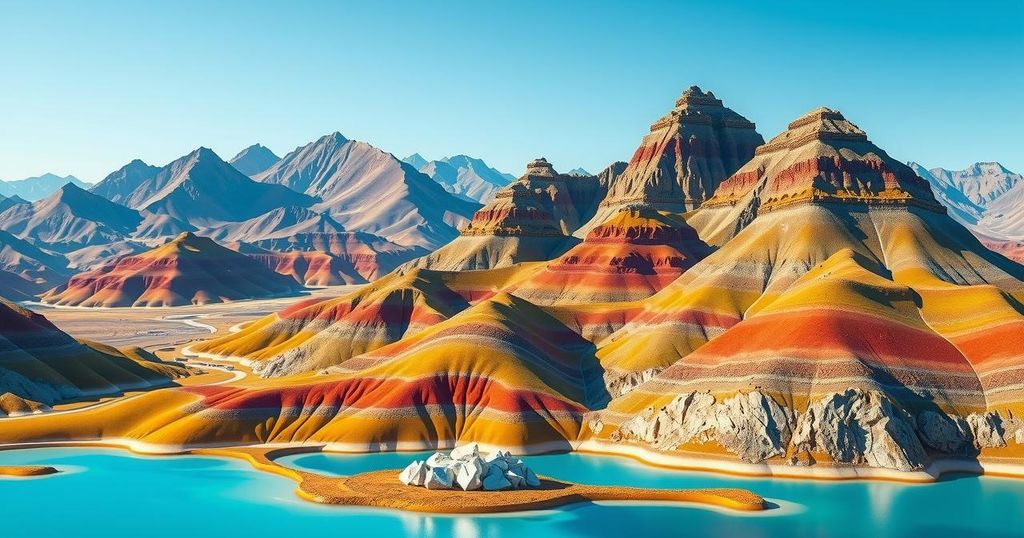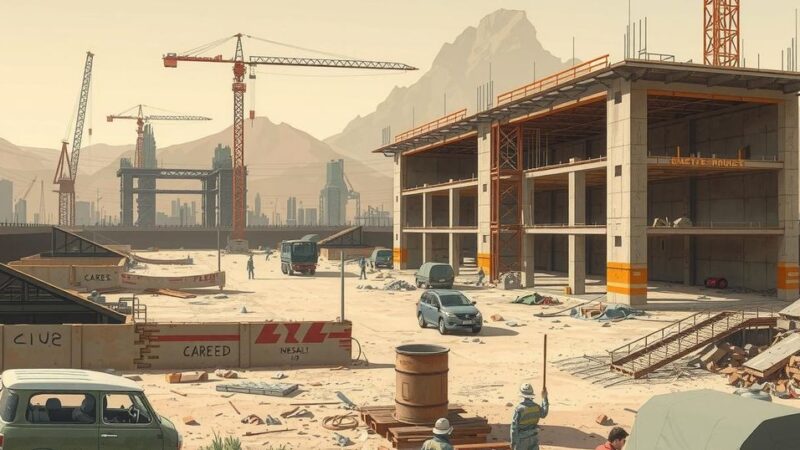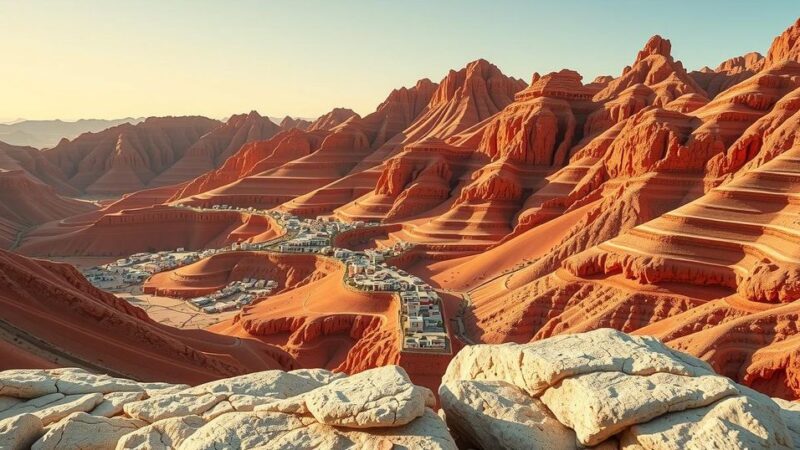The global race for critical minerals is epitomized by Afghanistan and Greenland, each rich in untapped resources but facing significant barriers to extraction. Afghanistan’s potential lies in its vast mineral wealth, while Greenland’s emerging opportunities are amplified by climate change. Both regions present geopolitical stakes as nations vie for access to these crucial materials.
The 21st century is experiencing a race for critical minerals, crucial for modern economies in sectors like construction, energy, and technology manufacturing. This pursuit echoes past fossil fuel discoveries, with geopolitical implications hinging on the locations of these resources. Two notable areas rich in untapped reserves are Afghanistan and Greenland, each presenting unique extraction challenges.
Afghanistan’s geology, formed at the intersection of tectonic plates, has resulted in vast and varied mineral deposits. Its historical significance as a source of copper, gold, and semi-precious stones continues today, with estimates suggesting nearly $1 trillion in mineral reserves. Key resources include 60 million tons of copper, 183 million tons of aluminum, and 2.2 billion tons of iron ore, alongside gems like lapis lazuli.
The region is increasingly recognized for its pivotal role in technology, holding unexplored lithium reserves speculated to surpass Bolivia’s. Afghanistan also possesses significant quantities of rare earth metals, essential for manufacturing advanced technologies. However, extraction faces hurdles; challenging terrain and political instability have previously led to illegal operations run by militants, depriving locals of the benefits from these minerals.
Since the Taliban regained power in 2021, they aim to utilize Afghanistan’s mineral wealth but encounter obstacles such as lack of international recognition. Nonetheless, investments have begun flowing from countries including China, which is anticipated to play a significant role in developing these resources under its Belt and Road Initiative. Despite this potential, transforming mineral deposits into operational mines will necessitate extensive investment and time.
In contrast, Greenland has historically been limited by an extensive ice sheet, with fishing and whaling as primary economic activities. However, climate change is revealing extensive resources like copper, gold, titanium, and critical technology minerals. With deposits of 43 out of 50 minerals deemed vital for national security by the U.S., Greenland is becoming increasingly significant for global supply chains reliant on rare earth metals.
The Greenland government has issued numerous mining licenses, but few mines are operational due to extensive exploration processes and regulatory hurdles. Strong environmental movements have led to project cancellations, particularly involving rare earth mining, due to concerns over pollution. Nonetheless, the retreating ice opens new territories, though extracting minerals will remain challenging due to harsh environmental conditions and infrastructural limitations.
In summary, both Afghanistan and Greenland are significant to the global competition for critical minerals, shaped by geopolitical dynamics and environmental challenges. The future development of these resources will significantly depend on resolutions in political relations and investment strategies.
Both Greenland and Afghanistan represent crucial frontiers in the quest for critical minerals essential for modern economies. Their mineral reserves have a profound geopolitical significance tied to issues of international recognition and environmental considerations. Control and access to these resources will be influenced by a complex interaction of military presence, economic interests, and diplomatic negotiations.
Original Source: www.voanews.com






